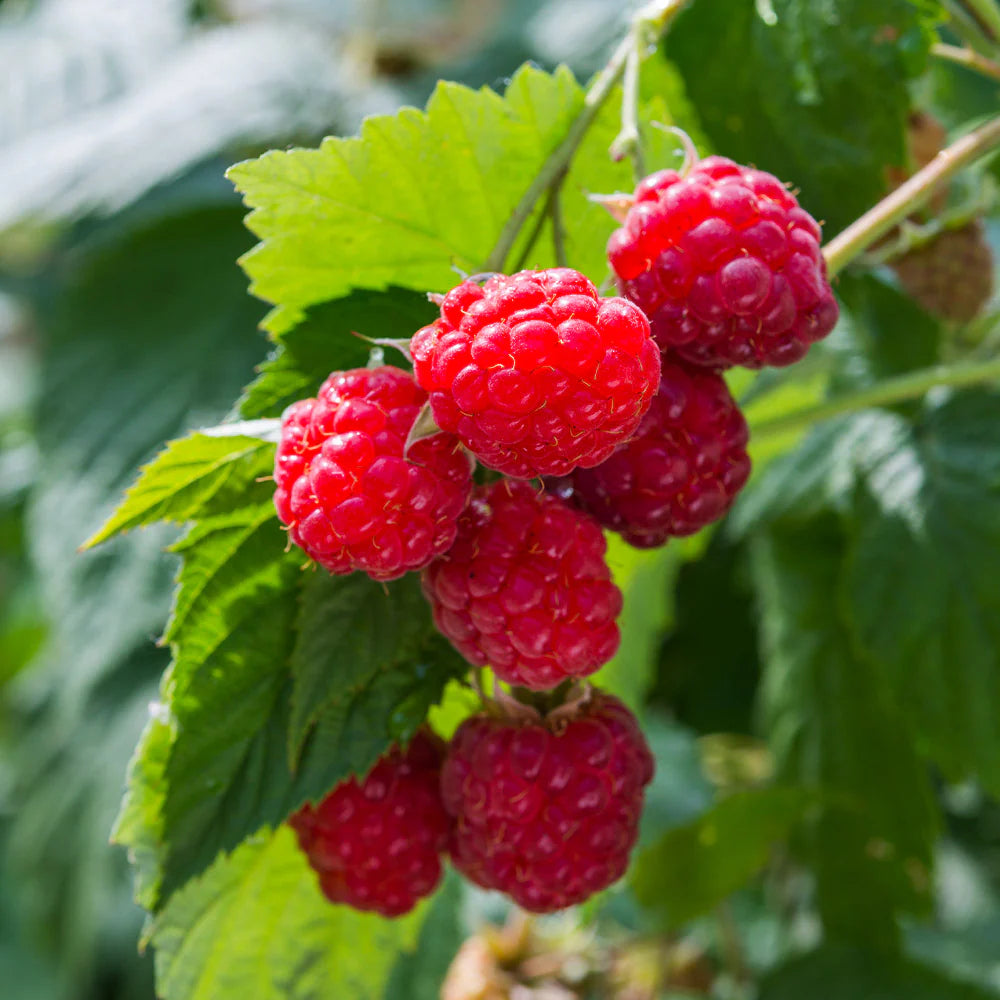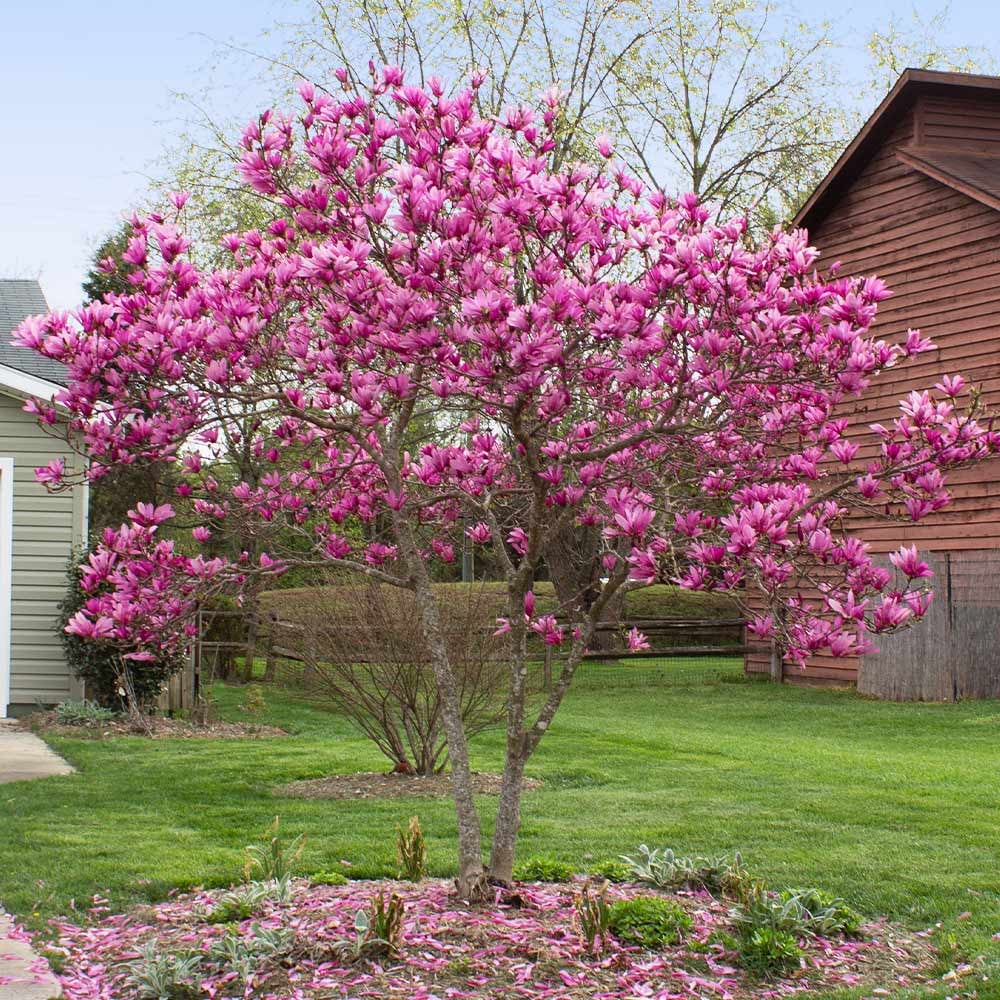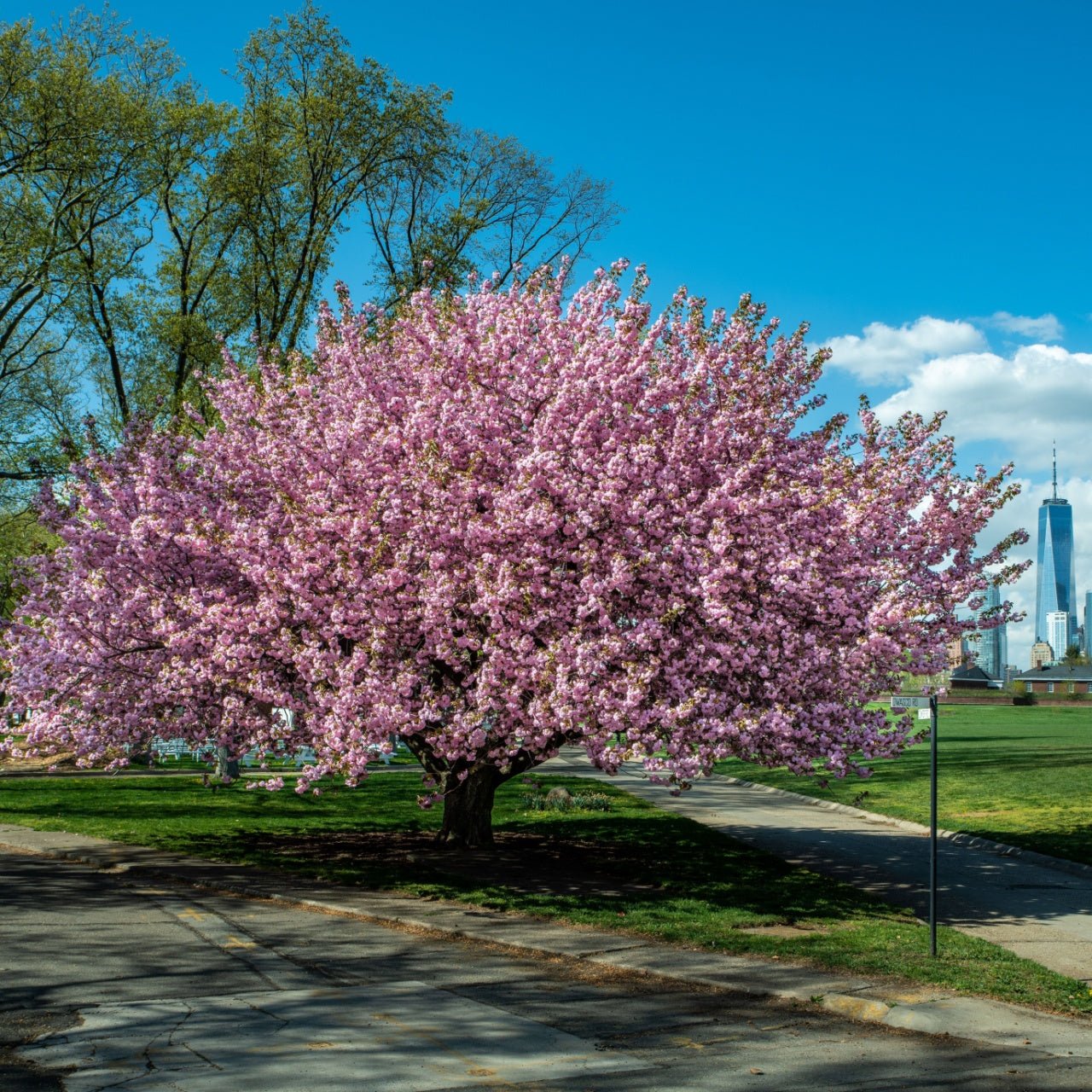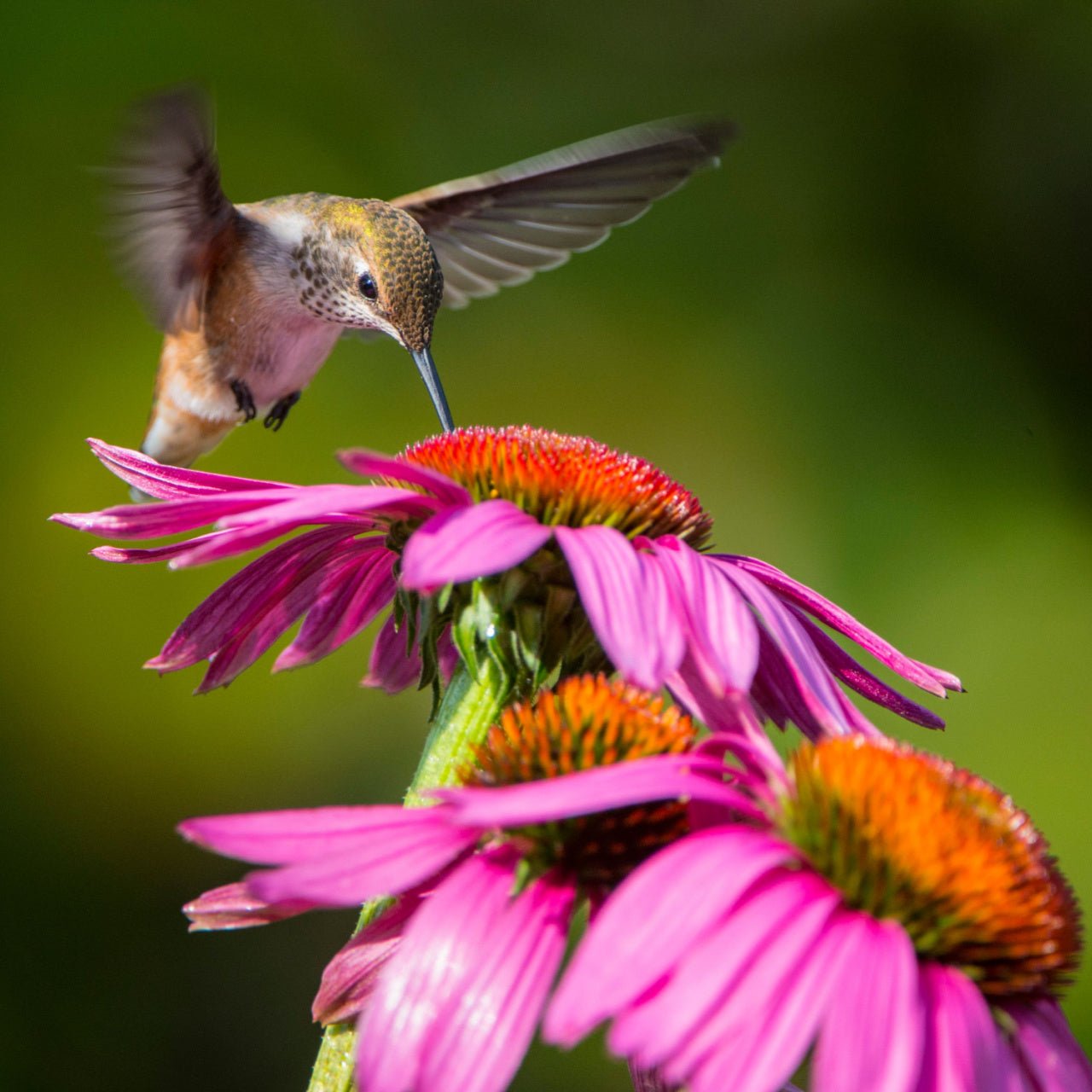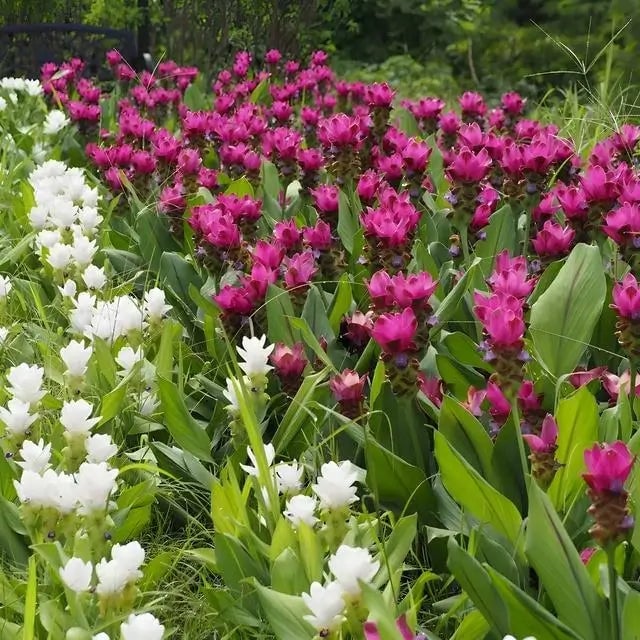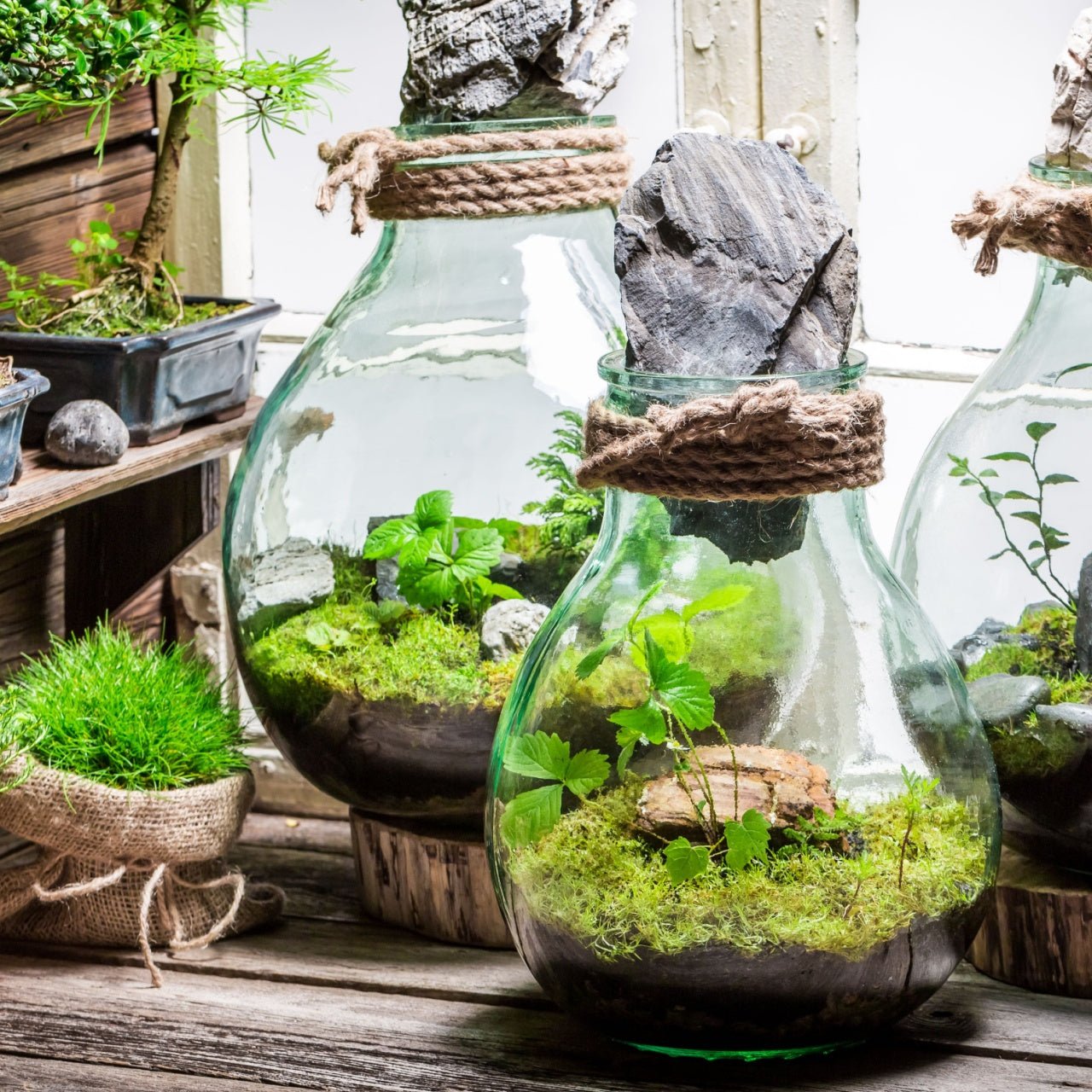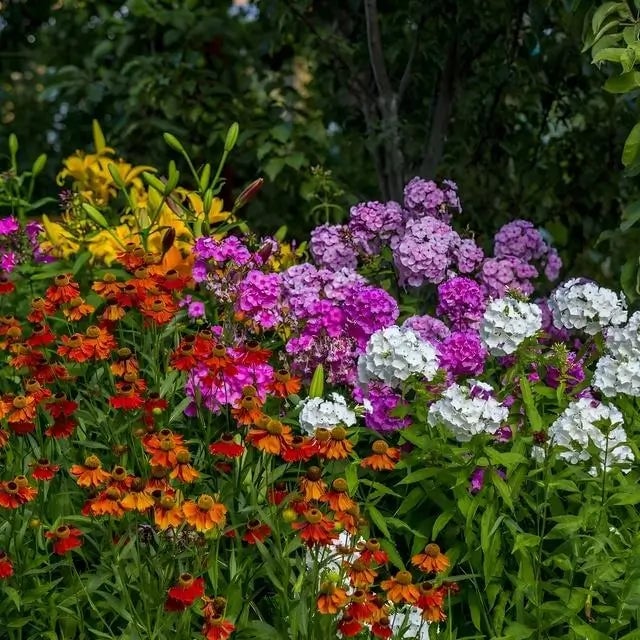
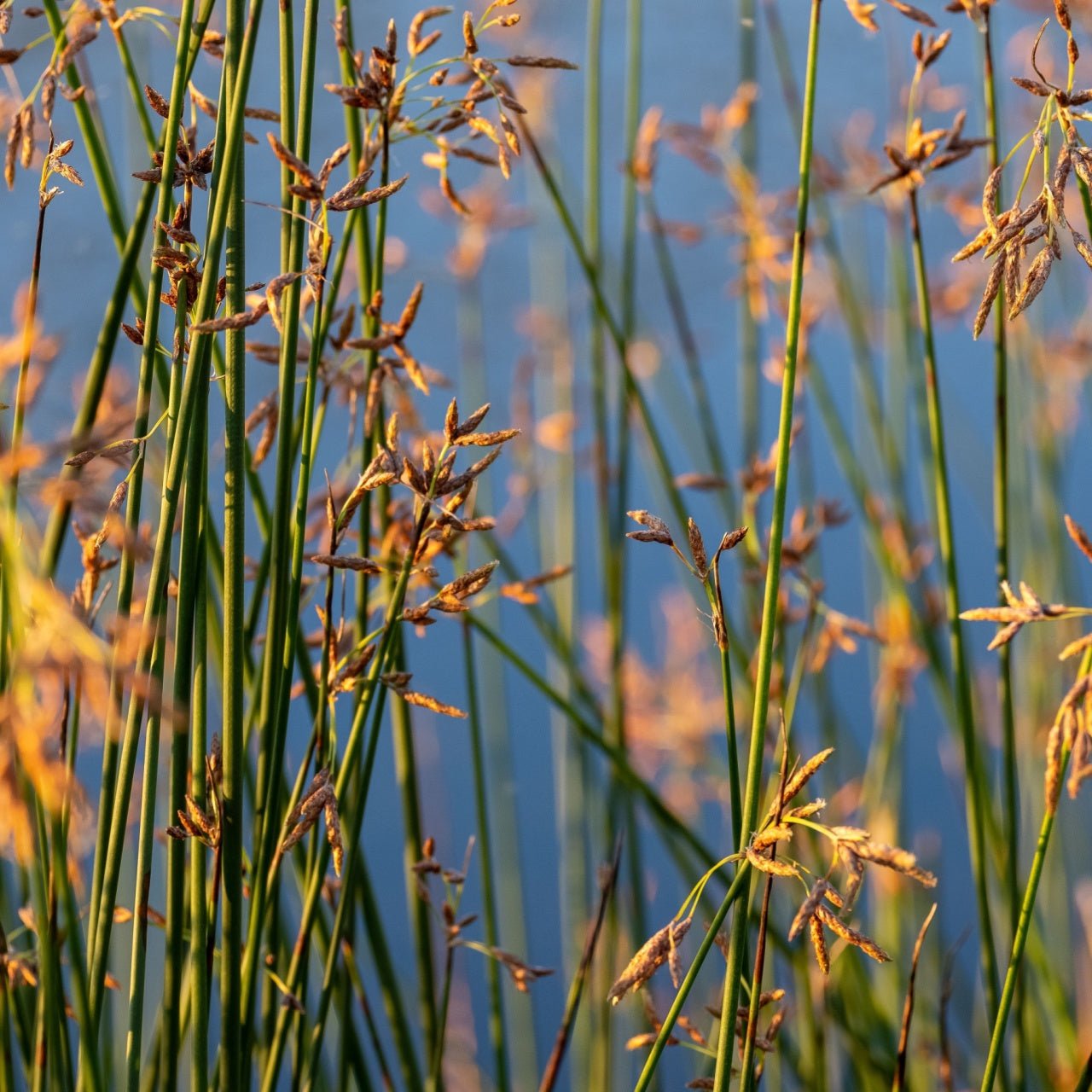
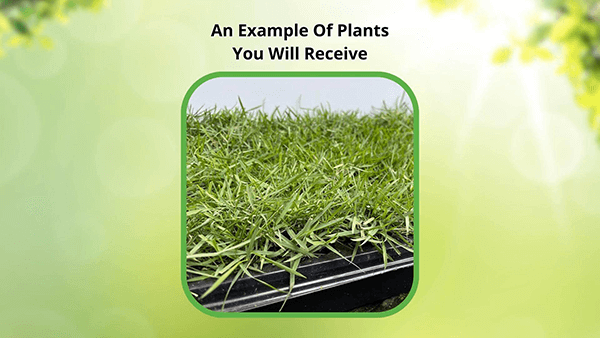

Bulrush
Thrives in Zones 4 - 9
Enhances wetland habitat diversity
Erosion control for aquatic areas
Easy to maintain and hardy
Ships in
7-10 DaysBulrush - Scirpoides holoschoenus
Bulrush is a must-have for restoring life, stability, and charm to waterlogged areas. This semi-aquatic powerhouse not only stabilizes soil (and does so rather quickly) but this handsome grass can fulfill many aesthetic roles in a landscape. The dense blades can even fervently grow upwards of 10 feet out of standing water, providing a dense, safe place for sensitive aquatic creatures to call home.
Plant Details - Bulrush
Family: Cyperaceae
Light Requirement: Full Sun – Partial Shade
Water Needs: High
Height: 3-10 ft.
Spread: Indefinitely with clumping rhizomes
Growth Rate: Moderate-Fast
Bloom Time: Late Spring – Early Fall
Flower Color: Brown, Green
Wildlife Value: Provides food, shelter, and nesting material for wildlife
As a water-loving plant, a constant source of moisture is crucial for it to thrive. While this grass can tolerate various levels of sun exposure, it has a preference for full sun to achieve its maximum height and potential. Uniquely, it can even tolerate brackish, or salty conditions where most grasses cannot. This plant spreads at a moderately fast pace through underground rhizomes rather than traditional roots, which allow it to survive in tougher conditions. Amphibians love to lay eggs around the base of the plant, making this an environmentally responsible add to any wetland-type garden.
Landscape Uses and Maintenance - Bulrush
This grass poses countless benefits and uses in a landscape. When planted in water, the root system works to filter out pollutants and impurities which generously improves water quality. As one of the rare plants that can grow in soggy soil, it is most valued as a strong choice for erosion control. Bulrush will stand tall and add vertical interest to marshes, the outer edges of ponds, and even soggy rain or rock gardens. The only maintenance this grass may require is occasional thinning to prevent overcrowding, particularly if there are other plants nearby.
Noteworthy Characteristics
The flower heads of Bulrush can be long-blooming, lasting several months. The flowering structure is known as an inflorescence, producing dense clusters of airy, subtle flowers. These inflorescences may jut out at different angles, giving this grass a distinct whimsical appearance. The leaves are distinctly sheathed, forming tight, upright narrow shoots.
This Is How Your Plants Will Look upon Delivery

Height at Maturity
Under 3 Feet
Care
Bulrushes thrive in moist, marshy conditions. Keep the soil consistently wet and provide good drainage to avoid root rot. Trim dead stems to encourage new growth and monitor for pests. They are hardy and low-maintenance once established.
Plant Reproduction
Bulrush spreads via rhizomes and seeds, forming dense clumps.
How to Grow and Care for Specialty Plants for Specific Causes
Specialty plants serve meaningful purposes beyond beauty—whether it's attracting pollinators, repelling pests, preventing erosion, feeding wildlife, or creating habitat. To grow them successfully, start by understanding the specific goal of your planting. For example, milkweed and bee balm are best for pollinator gardens, while vetiver and creeping juniper are ideal for erosion control. Choose plants that are well-suited to your USDA zone, soil type, and light conditions to ensure long-term success.
Prepare the soil by enriching it with compost and ensuring good drainage. Plant during the recommended season—usually early spring or fall—and space according to mature size to prevent overcrowding. Water regularly during the first growing season to help roots establish, then reduce frequency once the plants are settled. Mulching helps conserve moisture and keeps weeds at bay.
Minimal pruning and occasional fertilizing will keep most specialty plants healthy. Whether you’re supporting bees, deterring deer, or stabilizing a hillside, these plants are powerful tools in building a purpose-driven, eco-friendly garden.
Shipping date depends on the date displayed and chosen when you order from the product's page.
We do not accept returned plants. If you purchased an extended warranty we do accept claims, please navigate to the warranty page for instructions HERE





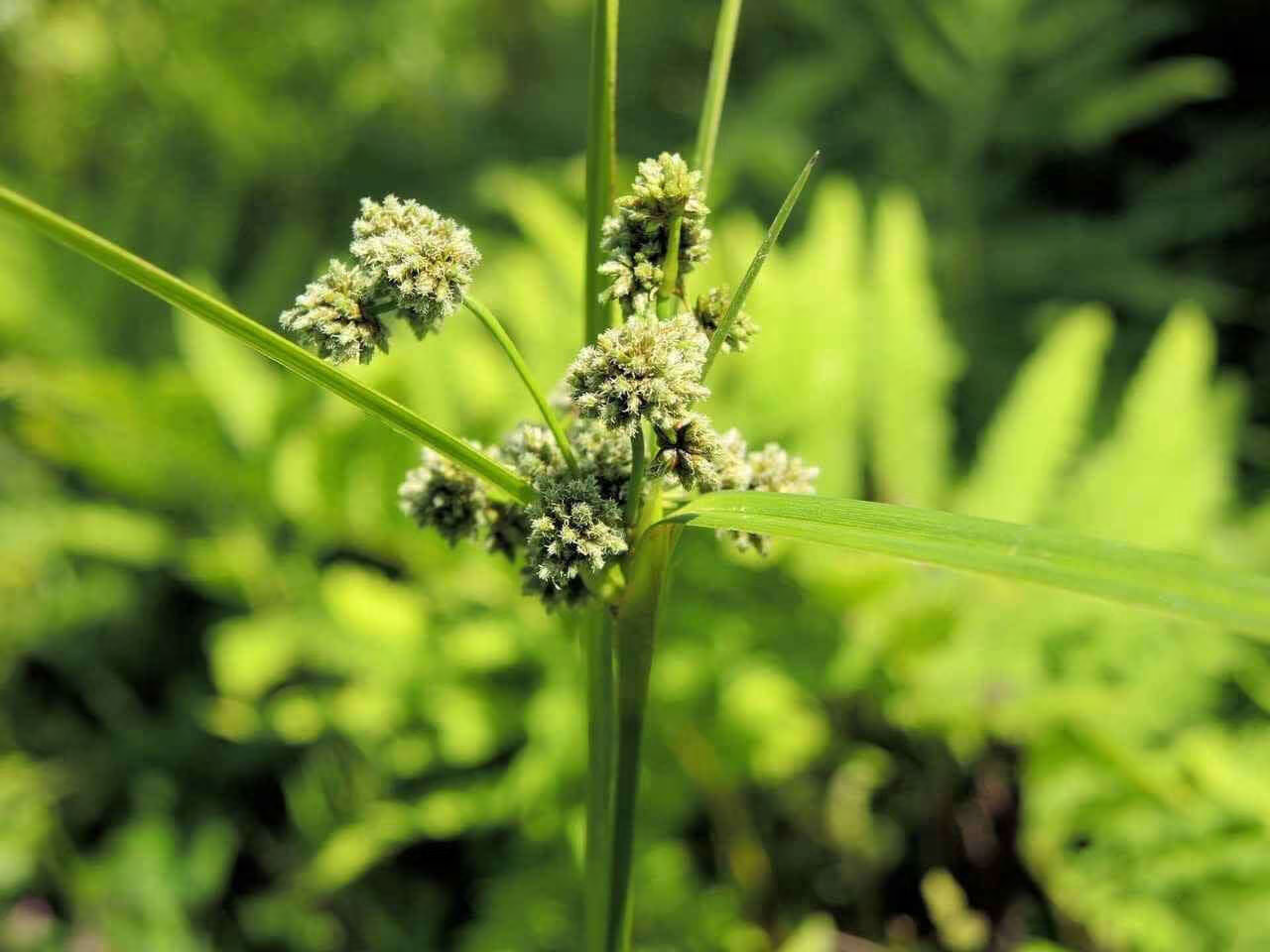
Wetland Reclamation:
Bulrushes are commonly used in wetland reclamation projects due to their ability to thrive in wet conditions and improve soil stability, contributing to the restoration and health of wetland areas.
Textural Contrast:
Bulrushes offer a delicate texture that contrasts beautifully with the robust leaves of broad-leaved plants and complements the fluffy plumes of ornamental grasses, adding visual interest to any garden.
Wind Barriers:
When grown in clusters or rows, Bulrushes act as effective wind barriers, which can also function as natural privacy screens, adding both practical and aesthetic value to your landscape.
Easy Establishment:
Bulrush Plugs are simple to plant and establish, making them a hassle-free choice for improving wetland areas. They quickly adapt and spread, providing effective coverage and growth.
Header
Use this content to share information about your store and products.
Frequently asked questions
Still have a question? Contact us here.
Yes, we ship all over the world. Shipping costs will apply, and will be added at checkout. We run discounts and promotions all year, so stay tuned for exclusive deals.
It depends on where you are. Orders processed here will take 5-7 business days to arrive. Overseas deliveries can take anywhere from 7-16 days. Delivery details will be provided in your confirmation email.
You can contact us through our contact page! We will be happy to assist you.








